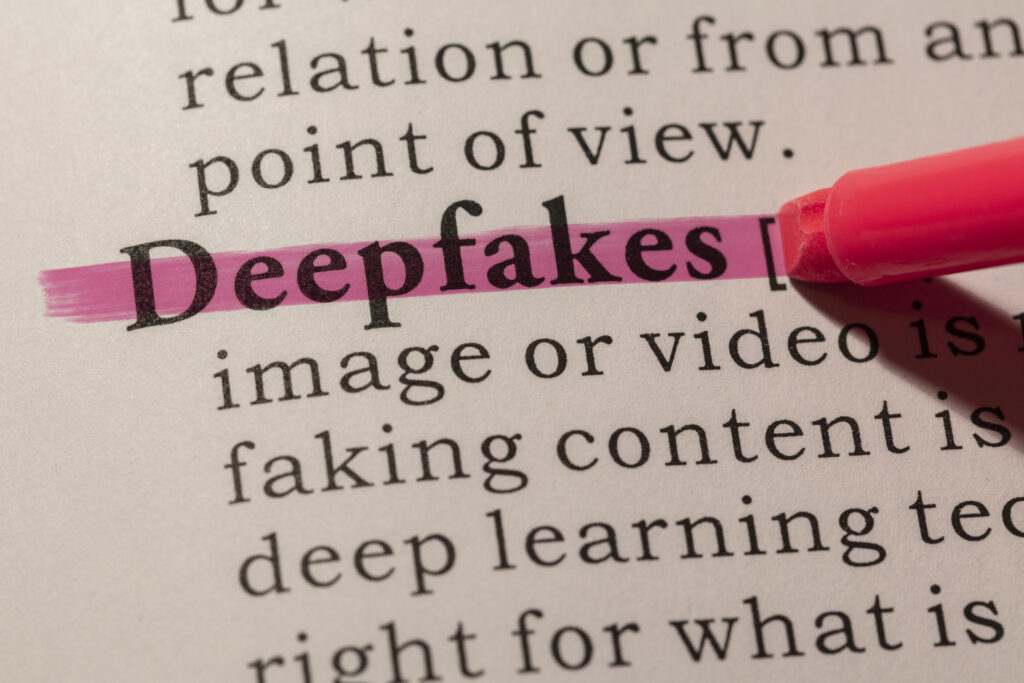As of December 2020, experts report that over 85,000 deepfakes exist. These altered images and altered videos make staying safe online more challenging than ever before.
But what is a deepfake and how can you spot them? If you’re concerned about online safety, it’s time to start learning about one of the web’s newest threats.
The following guide will explore everything you need to know about the dangers of deepfakes and how to protect yourself. Read on to learn more about this fascinating and terrifying fraudulent trend.
What Is a Deepfake?
Deepfake refers to a form of artificial intelligence known as “deep learning”. These algorithms find solutions to problems on their own by using extensive sets of data. The process allows swapping faces in digital content to make new deceitful media.
The most typical deepfake approach uses advanced networks with autoencoders to swap faces. A “target” video gets selected and then video clips of a different person get inserted over the target.
The videos used for deepfakes don’t need to be connected at all. There are many examples online of random people seamlessly inserted into popular Hollywood films.
How the Technology Works
Autoencoders study videos in an attempt to learn what someone looks like from several angles and environments. Then, they map that individual over someone in the target video by linking their shared features.
Generative Adversarial Networks (GANs) are used for finding and fixing imperfections in a deepfake. The process makes it more difficult to detect fraudulent videos and images. The method can also create deepfakes from scratch with precise results.
Even those without any knowledge or experience can create deepfakes using different apps and software. The apps and software use built-in AI tech that does all the hard work for beginners and has helped the deepfake issue grow substantially.
Of course, some people choose to use deepfakes solely for entertainment purposes across social media and don’t mean any harm. But it’s the criminal activity and potential political interference aspects of deepfakes that present a serious hazard to the public.
Why Are Deepfakes Dangerous?
Deepfakes are often used to mock, threaten, demean, sabotage, and destabilize. The biggest fear is that a deepfake could start a significant international incident. For example, someone could create a fake image or video of a world leader declaring war.
Stock prices could also be affected by manipulating videos of certain public figures. For example, a controversial deepfake of Elon Musk could affect Tesla’s stock.
The same goes for political figures and how citizens cast their votes. It’s alarming that deepfakes have the potential to change an election’s outcome.
Some experts even fear that deepfakes might affect court cases. Fabricated events might get used as evidence in court cases such as child custody battles.
It’s also important to note that the majority of deepfakes in existence are pornographic. Vile users of deepfake technology often try to ruin the lives of their former partners with fake content.
Ultimately, deepfakes might make it impossible for people to trust the news and other media. There won’t be a way to recognize truth from falsehood if they become too realistic.
How to Identify Poorly Made Deepfakes
Identifying deepfakes can either be extremely easy or very difficult depending on their quality. While they might only take a few seconds to create, it might take several days for others to detect them as fake.
There are many methods used for detection but they rely on the deepfakes themselves for training. For instance, a deepfake of a person might not show them blinking their eyes enough. Detection algorithms must know to watch for blinking to catch the flaw.
There are multiple markers of a poorly created deepfake to look for such as odd lip-syncing and fluctuating skin tones. You might also be able to pick up on flickering near the edges of swapped faces.
Also, look for any strange strands of hair in hairlines because AI sometimes has trouble rendering this in images. The same goes for poorly rendered teeth and clothing accessories in deepfakes.
You might also notice lighting inconsistencies in deepfake content. Always check glasses and reflections in eyes for irregular lighting as well. Some deepfakes include misshapen facial features that make it very easy to dismiss them as fakes.
How to Identify Realistic Deepfakes
Identifying quality deepfakes takes a little more skill and patience. First, examine the audio in videos to make sure voices match the appearance of the person in question. It might be a fake if a deep baritone voice comes out of a smaller individual for instance.
Pay extra attention to the subject’s blinking and recognize if it’s too much or not enough. While examining their eyes, check that the eyebrows match their facial shape. Look for odd shadows and additional layers around the eyes.
Next, check that the subject’s hair sits naturally on their scalp and look for inconsistencies. Then, zoom in if possible and look at their skin for any airbrushing or synthetic-looking wrinkles. You might notice marble or plastic skin textures in deepfake content.
Deepfakes Explained
So, what is a deepfake exactly? It’s a method of swapping faces in images and videos using AI that anyone can accomplish. Although, the quality of deepfakes varies and the intent isn’t always malicious.
Hopefully, developers continue perfecting detection methods to help combat deepfakes. Until then, it’s important that the public educate themselves on the matter and learn how to spot some of the fakes on their own.
Remember this guide and our deepfake detection tips to help keep yourself and others safe online. Check out our career category for more valuable information on AI tech and software development.
